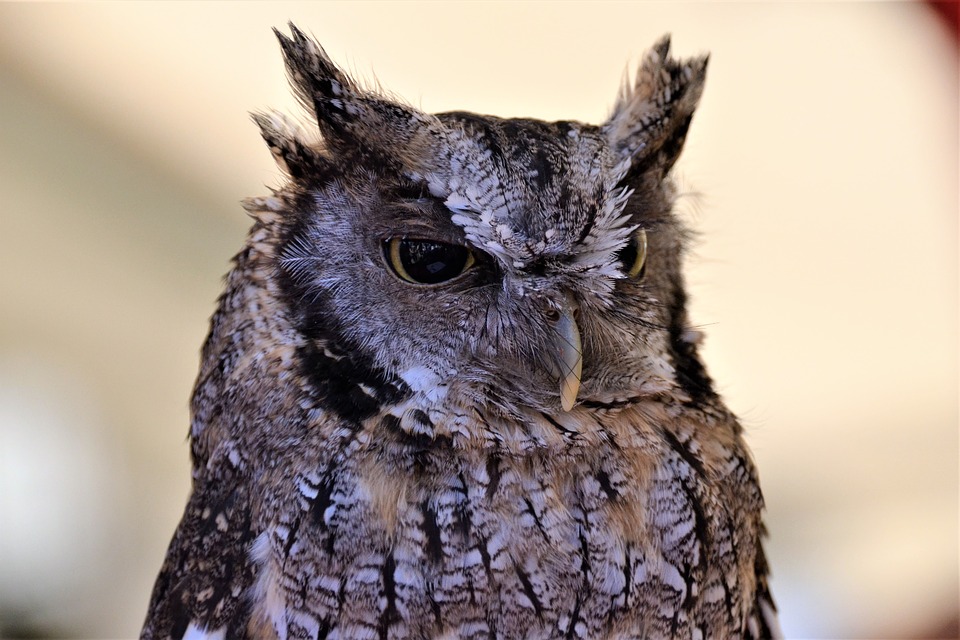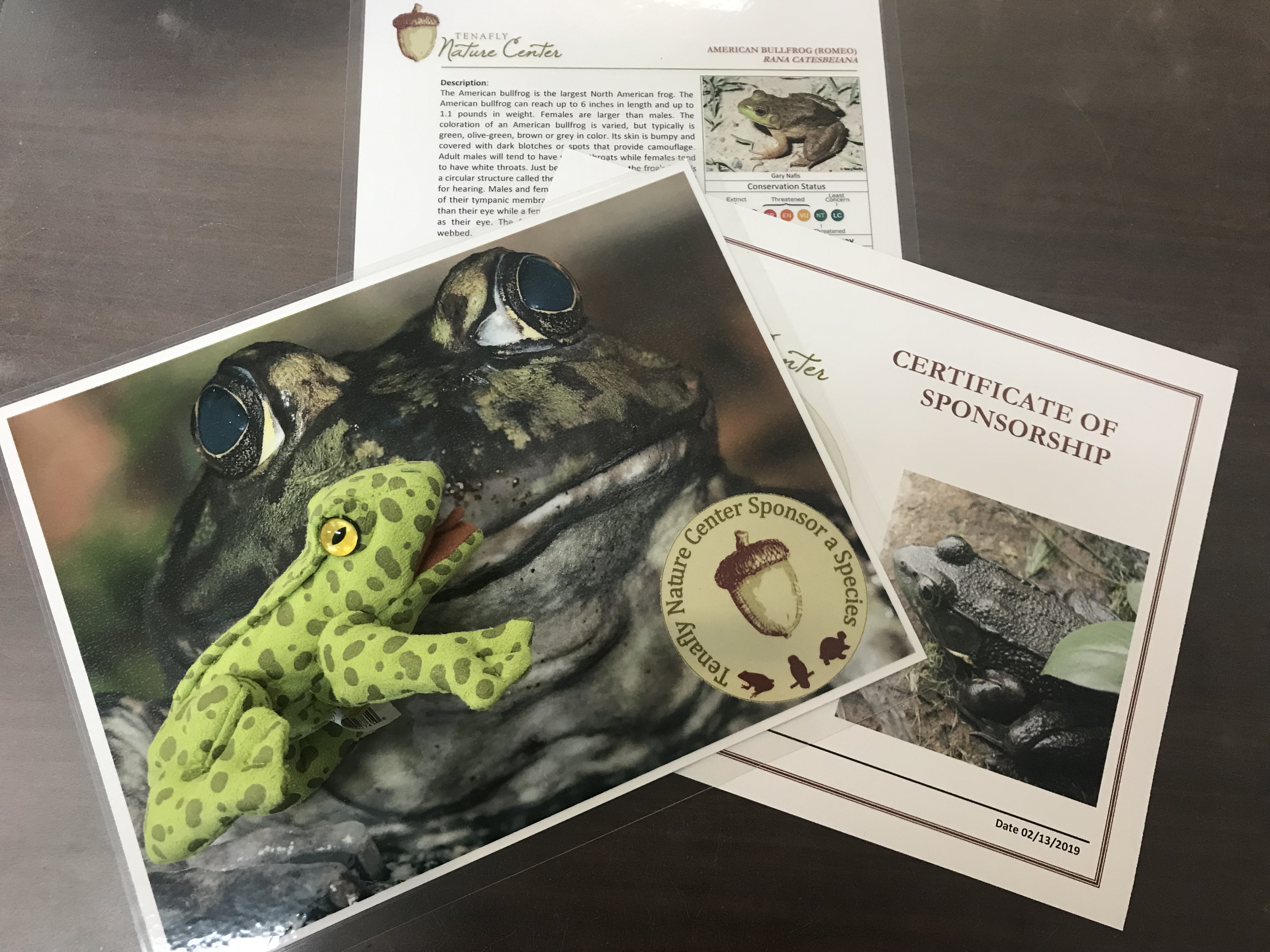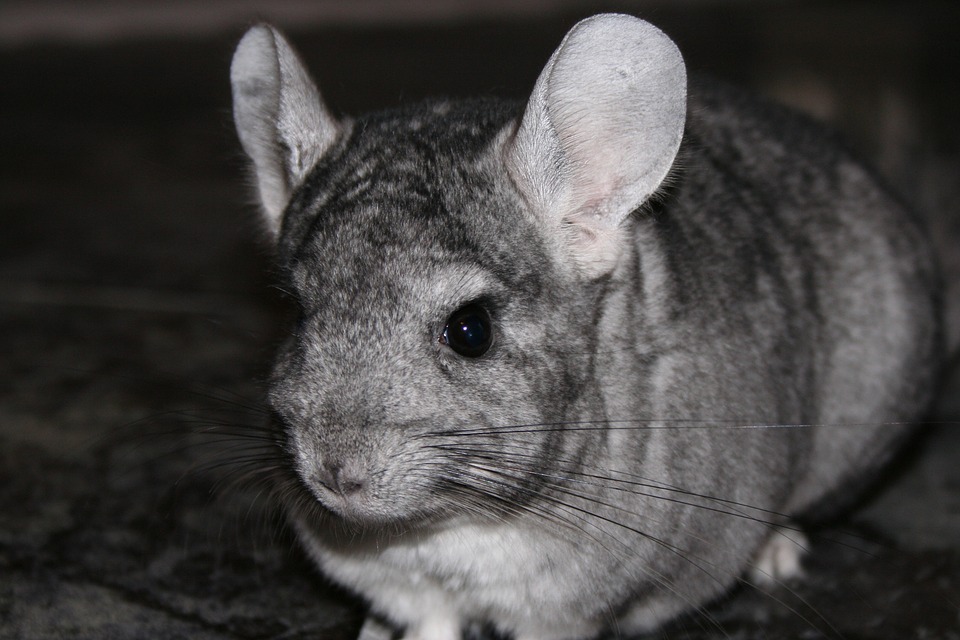 Meet a live bird and learn what it is that makes a bird a bird. Discover what birds needs to survive and how people can reduce their impact on avian species. Identify how the shape of a bird assists it in flight and what adaptations enable birds to obtain food in their habitats.
Meet a live bird and learn what it is that makes a bird a bird. Discover what birds needs to survive and how people can reduce their impact on avian species. Identify how the shape of a bird assists it in flight and what adaptations enable birds to obtain food in their habitats.
Programs for Pre-school & Kindergarten groups |
TNC programs have been developed for students ages 3 and up and are designed to help educators meet National Association for the Education of Young Children (NAEYC) Standards, Head Start Early Learning Outcomes Framework, Next Generation Science Standards, and the New Jersey Student Learning Standards. View the standards correlation for Kindergarten. If a subject of interest to you does not appear below, please contact the Field Trip and TNC to Go Manager for more information on how we can design programs to reinforce your curriculum. |
Field Trip Programs (at TNC) | TNC to Go Programs (at your location) |
Pre-School & Kindergarten Field Trips ProgramsDesigned to be taught at Tenafly Nature Center, however you can also schedule a TNC to Go program (at your location) to participate in some of these same experiences.
|
Seasonal Field Trip Programs(All programs are one hour) Click title to view descriptions
Field Trip Add-OnsClick title to view descriptions
|
Accessibility at TNCMany TNC programs can be altered to accommodate participants with special needs. We ask that you disclose pertinent information with a minimum of two weeks notice about any needs (educational requirements resulting from learning difficulties, physical abilities, or emotional and behavioral difficulties). This enables us to make accommodations to meet your groups needs. |
Pre-School & Kindergarten TNC to Go ProgramsDesigned to be taught at your location, however you can also schedule a field trip to Tenafly Nature Center to participate in these same experiences.
|
TNC To Go Programs Available All Year(All programs are 45-60 minutes) @ = Program that can be done as an assembly (more than 25 students at one time) Click title to view descriptions
TNC To Go Add-OnsAnimal Sponsorship Help support the animal ambassadors that live at TNC, in conjunction with a scheduled TNC to Go program. Enjoy an additional 15-30 minute up close visit and Q & A session with your sponsored animal. All school & summer group sponsorship's receive a thank you package which includes: sponsored animal sticker or collectible trading card for every student, a certificate, photograph of sponsored animal, recognition in our newsletter, species information and animal's biography.
| TNC to Go Pricing |
| 1st Hour | Consecutive Hour | |
| Bergen County | ||
| <25 participants | $275 | $150 |
| >25 participants (@) | $400 | $300 |
| Up to 1-Hour Away | ||
| <25 participants | $300 | $150 |
| >25 participants (@) | $425 | $300 |
| NYC Boroughs | ||
| <25 participants | $400* | $150 |
| >25 participants (@) | $500* |
$300 |
- No additional charge for teachers and aides.
- *Additional fee is included to the first program fee for all New York City boroughs visits to cover NYC permit requirements.
- A mileage charge of the current IRS rate per mile round trip is added to the program fee.
- One parking space must be provided near the entrance of your location (if no parking is available at your site then a fee will be added to cover any associated garage fees).
- Consecutive classes are programs held one right after another, for different classes, in the same school with no more than a 60 minute break between two of the programs.
- Maximum Pre-school & Kindergarten group size is 25 children per TNC educator.
- If your funds are limited, please consider applying for a scholarship (we strive to make nature accessible to everyone).
@ = Program that can be done as an assembly (more than 25 students at one time)
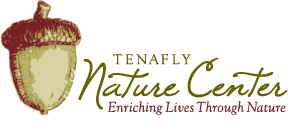
 More than 1100 groups come to the Tenafly Nature Center each year. With their boundless curiosity, they touch, observe and listen to the natural world. Join our professional educators this year, as they bring classroom concepts to life and lead your students in hands-on learning and close observations in our 380-acre living museum.
More than 1100 groups come to the Tenafly Nature Center each year. With their boundless curiosity, they touch, observe and listen to the natural world. Join our professional educators this year, as they bring classroom concepts to life and lead your students in hands-on learning and close observations in our 380-acre living museum. Gain a respect for and decrease fears of two cold-blooded live animals while discovering how people are similar and different to each species. Discover how animals respond to cold and warm temperatures and what they need to survive. Learn about a variety of body coverings and the relationship between their needs and the places they live.
Gain a respect for and decrease fears of two cold-blooded live animals while discovering how people are similar and different to each species. Discover how animals respond to cold and warm temperatures and what they need to survive. Learn about a variety of body coverings and the relationship between their needs and the places they live. Discover how the shape and/or color of some animals help them to survive by enabling them to blend into their surroundings. Meet a live animal that uses camouflage and play a game to emphasize the lessons learned and see if people can do better than nature at keeping animals hidden.
Discover how the shape and/or color of some animals help them to survive by enabling them to blend into their surroundings. Meet a live animal that uses camouflage and play a game to emphasize the lessons learned and see if people can do better than nature at keeping animals hidden.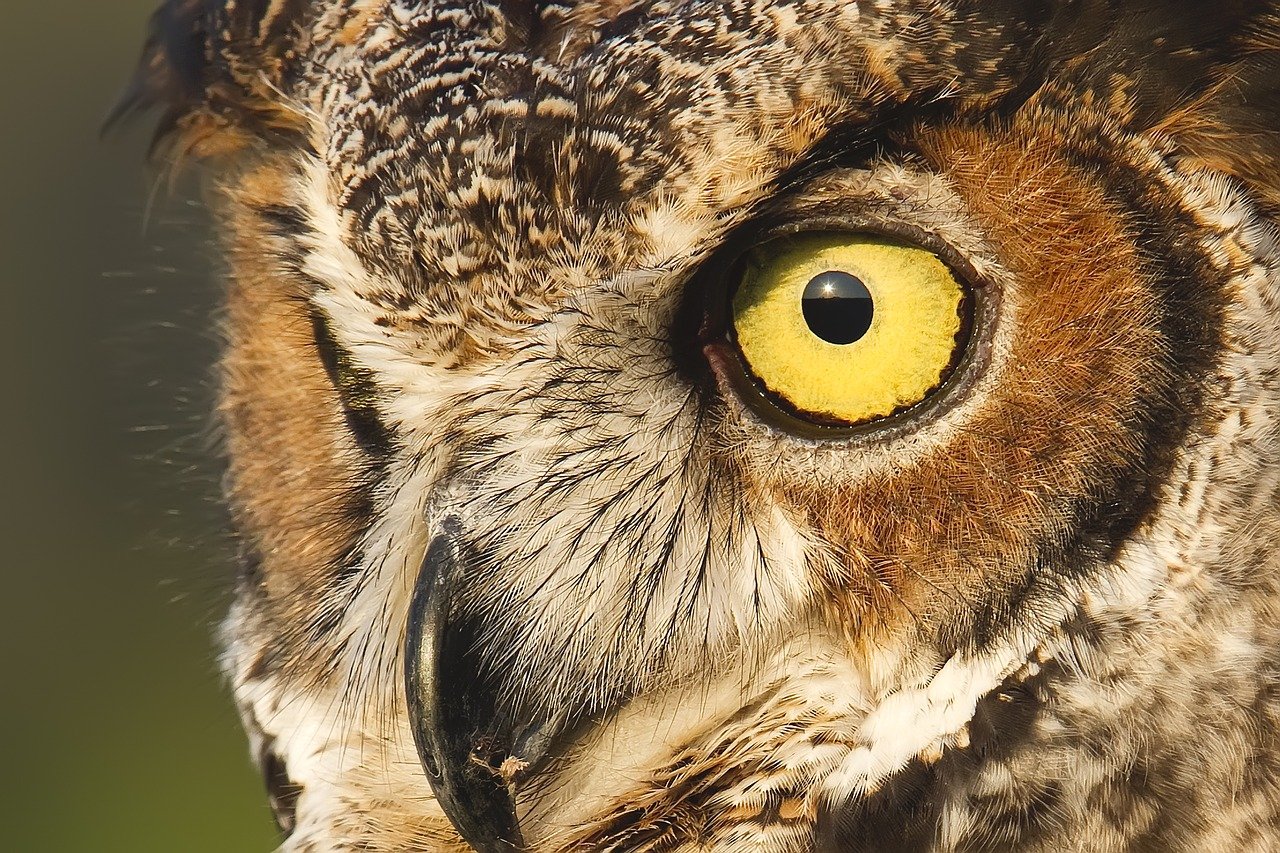 Discover what really makes an animal nocturnal and what they need to survive. Meet several live animals who are most active at dawn, dusk, or night. Learn how the earths surface is affected by sunlight and about the amazing adaptations some of these animals possess to thrive as they roam the nighttime landscape.
Discover what really makes an animal nocturnal and what they need to survive. Meet several live animals who are most active at dawn, dusk, or night. Learn how the earths surface is affected by sunlight and about the amazing adaptations some of these animals possess to thrive as they roam the nighttime landscape. Examine live invertebrates and learn how each animals shape and other adaptations help it to survive. Discover how insects are similar yet different from other invertebrates and what they need from their habitats.
Examine live invertebrates and learn how each animals shape and other adaptations help it to survive. Discover how insects are similar yet different from other invertebrates and what they need from their habitats.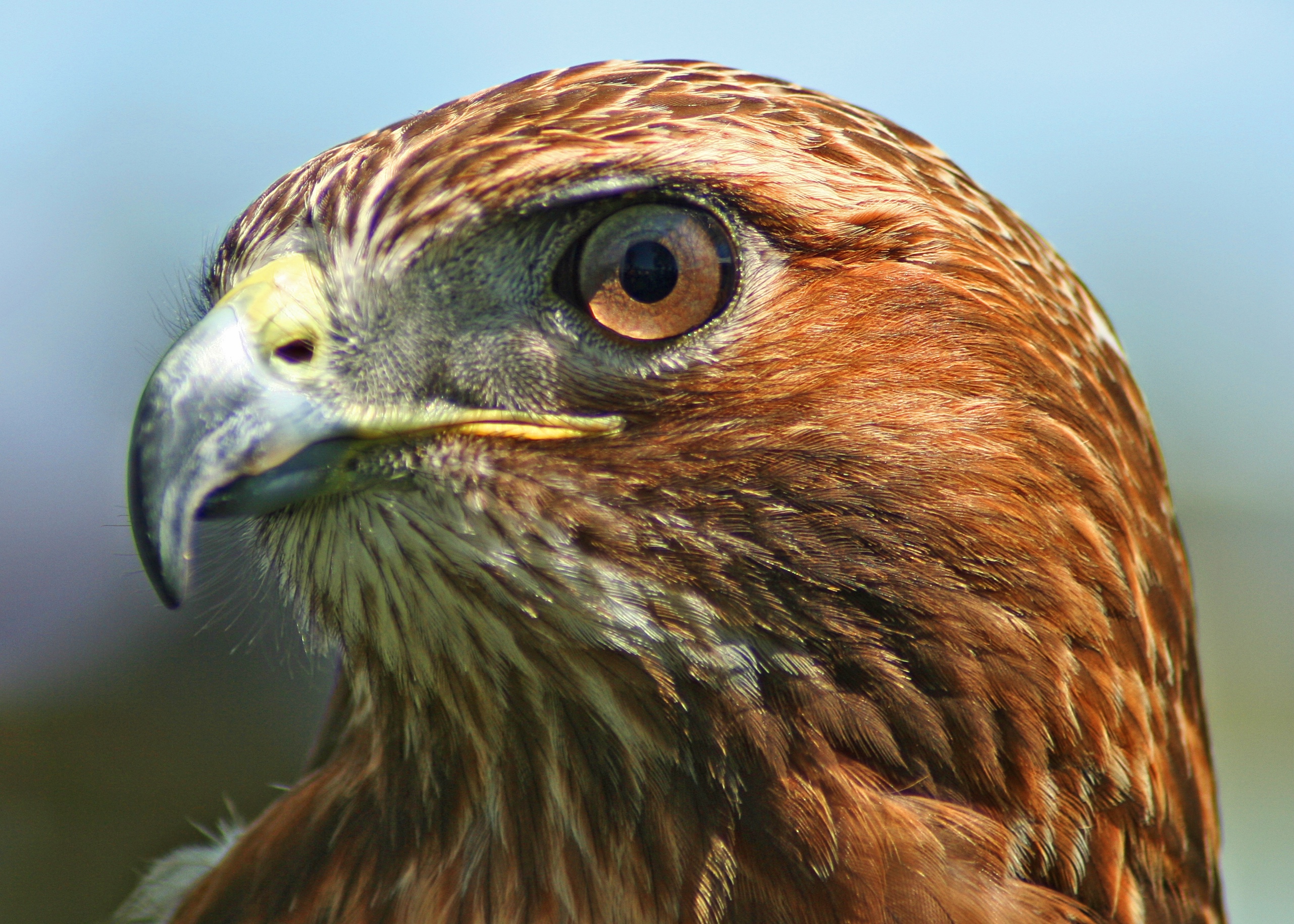 Meet a live hawk and owl and learn how each animals shape and other adaptations help it to survive. Discover what birds of prey need to survive and how people can reduce their impact on all avian species. Identify how the shape of a bird assists it in flight and what specific adaptations enable diurnal and nocturnal raptors to obtain food in their habitats.
Meet a live hawk and owl and learn how each animals shape and other adaptations help it to survive. Discover what birds of prey need to survive and how people can reduce their impact on all avian species. Identify how the shape of a bird assists it in flight and what specific adaptations enable diurnal and nocturnal raptors to obtain food in their habitats. Meet an animal that hibernates in the winter season and learn where migrating animals go. Discover what strategies animals utilize to survive the colder months and how these responses differ. Learn about some of the adaptations animals have to meet their needs and what makes an animal a true hibernator.
Meet an animal that hibernates in the winter season and learn where migrating animals go. Discover what strategies animals utilize to survive the colder months and how these responses differ. Learn about some of the adaptations animals have to meet their needs and what makes an animal a true hibernator. Examine the different parts of a plant and how each tree's shape assists with its survival. Discover what plants (specifically trees) need to survive and the relationship between these needs and where they live. Learn about some of the ways we and other animals utilize plants and meet a live animal whose survival is dependent on the trees it inhabits.
Examine the different parts of a plant and how each tree's shape assists with its survival. Discover what plants (specifically trees) need to survive and the relationship between these needs and where they live. Learn about some of the ways we and other animals utilize plants and meet a live animal whose survival is dependent on the trees it inhabits. Dig in and discover the slimy yet satisfying wormy world under our feet! Meet a few live worms and learn about the roles they play in our ecosystem. Discover how sunlight and other environmental factors affect them as they recycle and compost scraps into nutrient-rich soil.
Dig in and discover the slimy yet satisfying wormy world under our feet! Meet a few live worms and learn about the roles they play in our ecosystem. Discover how sunlight and other environmental factors affect them as they recycle and compost scraps into nutrient-rich soil.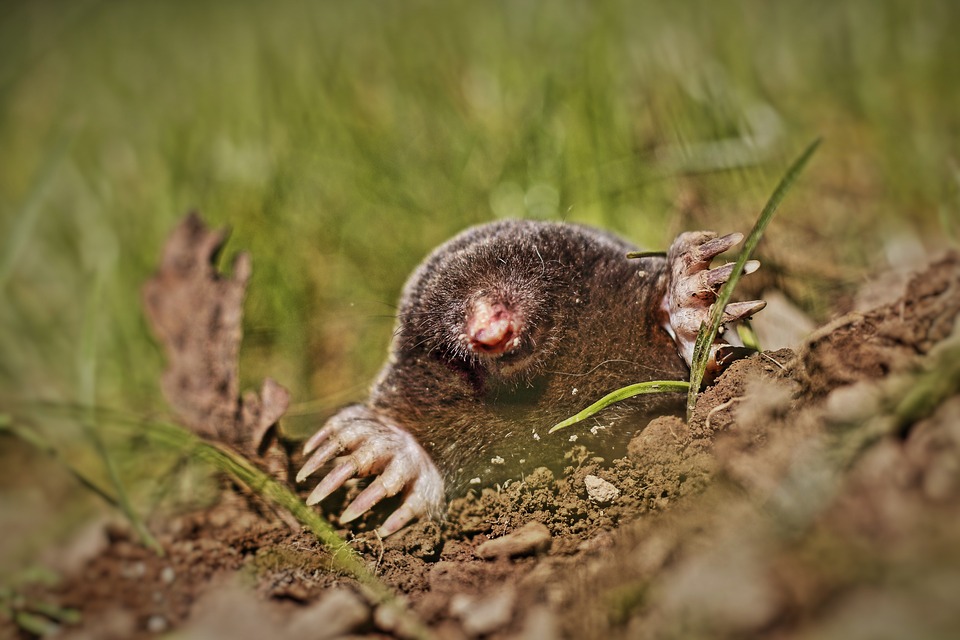 A hole in the ground is always mysterious as it invites curiosity and wonder. Discover why some organisms can survive in this underfoot habitat while others cannot at all. Meet several live animals who spend part of their lives underground and discover why subterranean ecosystems are diverse, balanced, and much more active than you may think.
A hole in the ground is always mysterious as it invites curiosity and wonder. Discover why some organisms can survive in this underfoot habitat while others cannot at all. Meet several live animals who spend part of their lives underground and discover why subterranean ecosystems are diverse, balanced, and much more active than you may think. Determine the effect sunlight has on the earths surface and learn about the elements that contribute to our weather systems. Learn about the patterns and variations in local weather and how forecasting helps us to prepare for, and respond to, severe weather.
Determine the effect sunlight has on the earths surface and learn about the elements that contribute to our weather systems. Learn about the patterns and variations in local weather and how forecasting helps us to prepare for, and respond to, severe weather.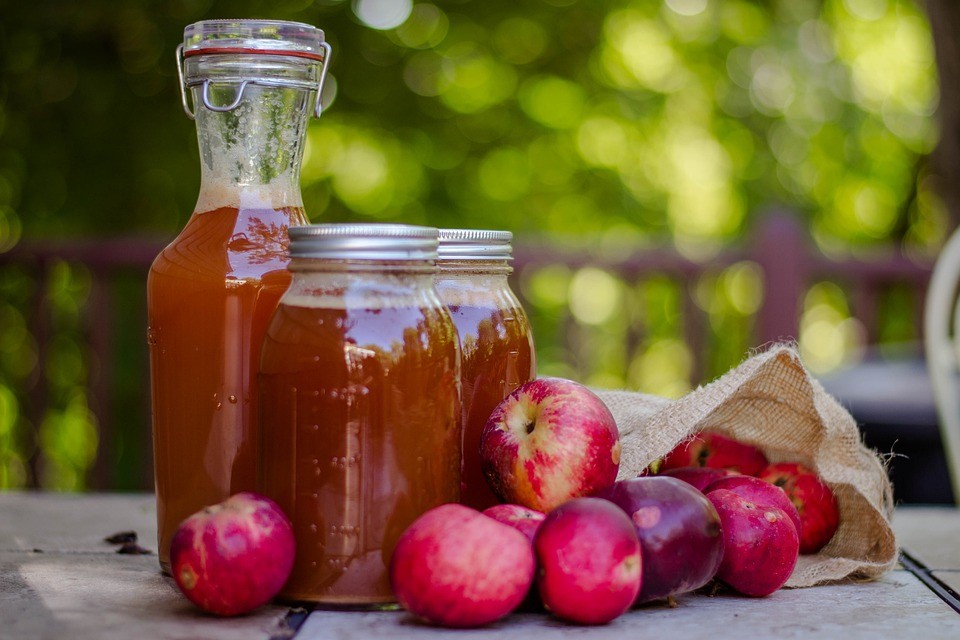 Identify different parts of a plant, what they need to survive, and the relationship with animals needed to assist in their survival. Learn about the history of apple cider and the tools and solutions people developed to solve extraction problems. Then use an old-fashioned screw press to make and sample fresh apple cider.
Identify different parts of a plant, what they need to survive, and the relationship with animals needed to assist in their survival. Learn about the history of apple cider and the tools and solutions people developed to solve extraction problems. Then use an old-fashioned screw press to make and sample fresh apple cider.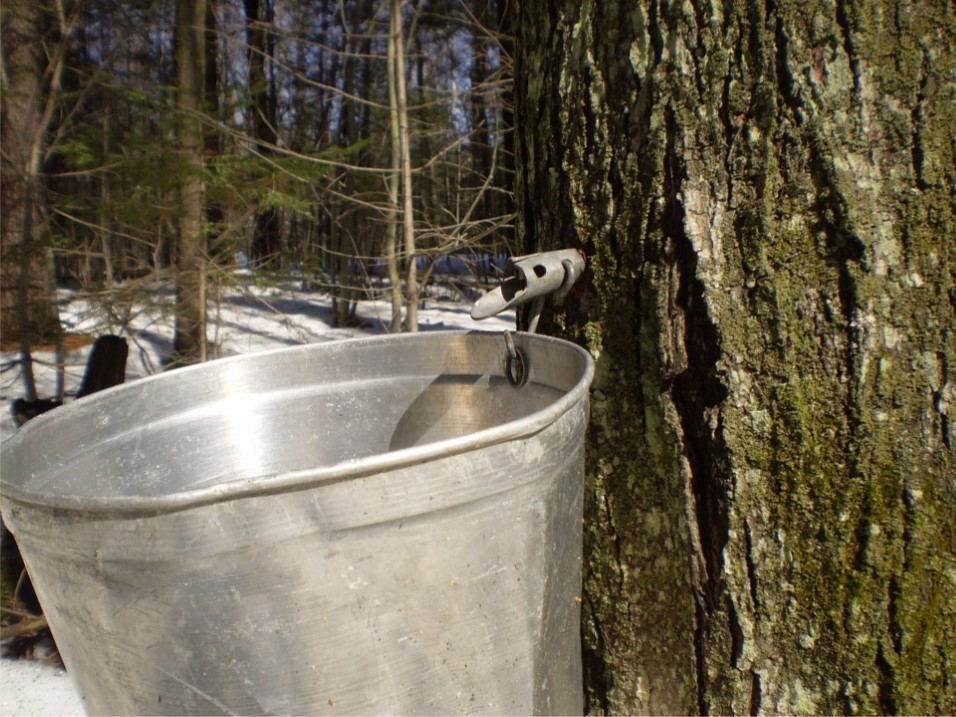 Discover what plants need, and how their main parts function to help with their survival. Explore how sunlight affects a plants seasonal cycle and what that has to do with Maple Syrup. Learn how to identify a Maple tree and discover how to make maple syrup as we journey through the entire process of sap to syrup. Find out how those processes have changed over time and take the syrup challenge where participants taste and try to distinguish 100% maple from other syrup.
Discover what plants need, and how their main parts function to help with their survival. Explore how sunlight affects a plants seasonal cycle and what that has to do with Maple Syrup. Learn how to identify a Maple tree and discover how to make maple syrup as we journey through the entire process of sap to syrup. Find out how those processes have changed over time and take the syrup challenge where participants taste and try to distinguish 100% maple from other syrup. Observe and learn about the characteristics of each season. Discover how plants and animals respond to seasonal changes and what factors trigger that response. Learn why the leaves fall in the autumn, what signs animals leave in the winter, and how plants and animals prepare for changes and new growth in spring.
Observe and learn about the characteristics of each season. Discover how plants and animals respond to seasonal changes and what factors trigger that response. Learn why the leaves fall in the autumn, what signs animals leave in the winter, and how plants and animals prepare for changes and new growth in spring.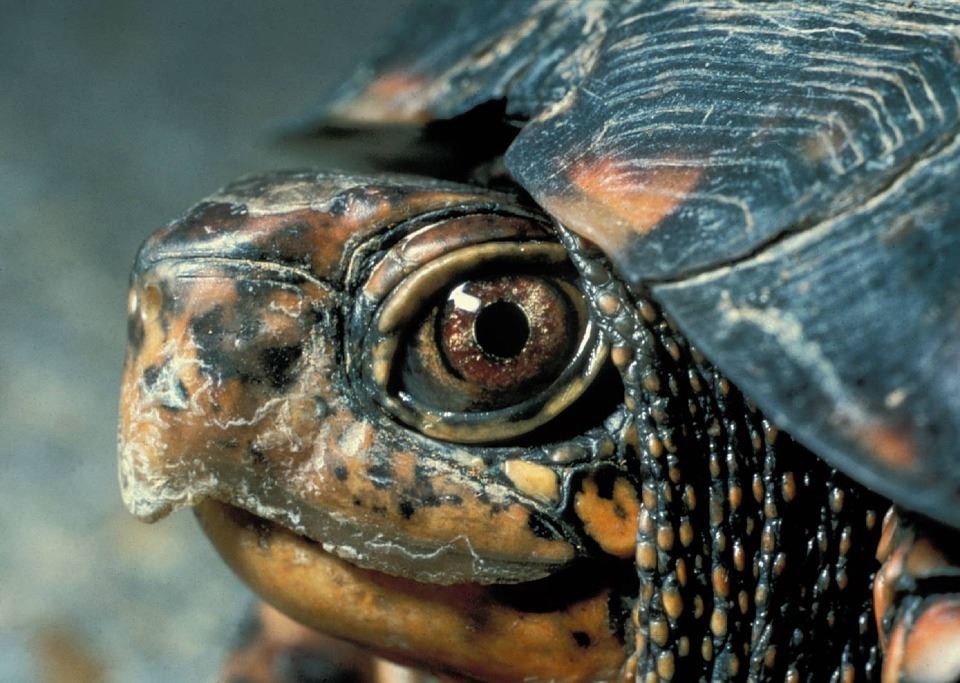 Help support the animal ambassadors that live at TNC, in conjunction with a scheduled field trip. Enjoy a 30 minute up close visit and Q&A session with your sponsored animal. All school & summer group sponsorship's receive a thank you package which includes: a group photo with the animal, certificate, photograph of sponsored animal, recognition in our newsletter, species information and animal's biography.
Help support the animal ambassadors that live at TNC, in conjunction with a scheduled field trip. Enjoy a 30 minute up close visit and Q&A session with your sponsored animal. All school & summer group sponsorship's receive a thank you package which includes: a group photo with the animal, certificate, photograph of sponsored animal, recognition in our newsletter, species information and animal's biography.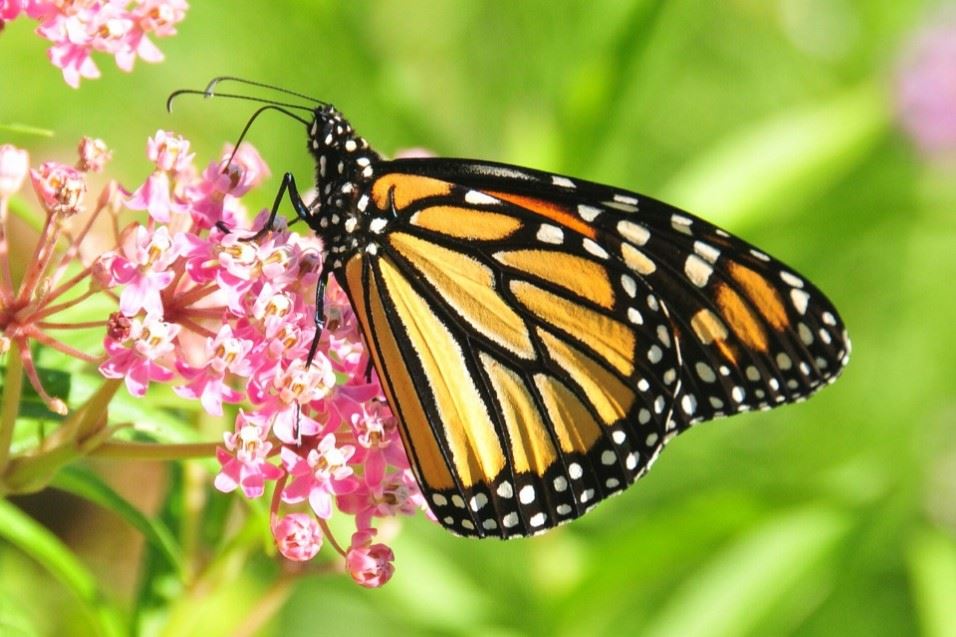 Come visit our beloved seasonal exhibit filled with live native butterflies. This add-on showcases beautifully colored butterflies sipping nectar and taking flight, offering students the opportunity to better understand and appreciate their life cycle and importance to the ecosystem. Inside you will be welcome to chat with staff or volunteers, ask questions, and enjoy the space while butterflies flit and fly about. Observe butterfly chrysalis in the chrysalis box. Maybe you will be lucky enough to see a butterfly emerge!
Come visit our beloved seasonal exhibit filled with live native butterflies. This add-on showcases beautifully colored butterflies sipping nectar and taking flight, offering students the opportunity to better understand and appreciate their life cycle and importance to the ecosystem. Inside you will be welcome to chat with staff or volunteers, ask questions, and enjoy the space while butterflies flit and fly about. Observe butterfly chrysalis in the chrysalis box. Maybe you will be lucky enough to see a butterfly emerge!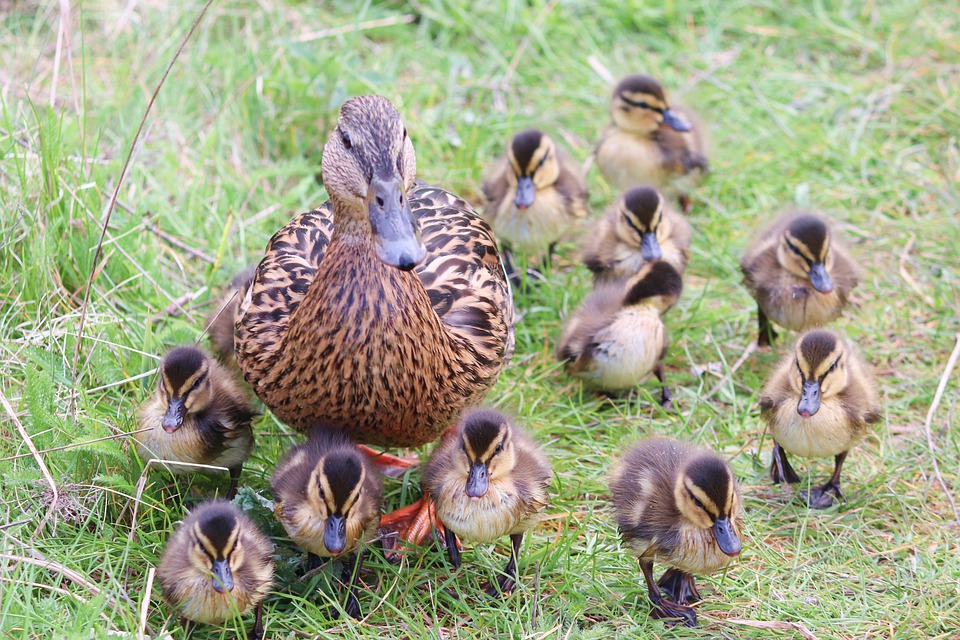 Before or after your scheduled programs, enjoy a guided trail walk along one of our trails, led by a TNC staff member.
Before or after your scheduled programs, enjoy a guided trail walk along one of our trails, led by a TNC staff member.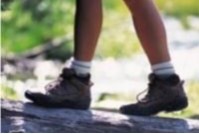 Before or after your scheduled programs, grab a trail map and guide your students along one of our trails.
Before or after your scheduled programs, grab a trail map and guide your students along one of our trails.
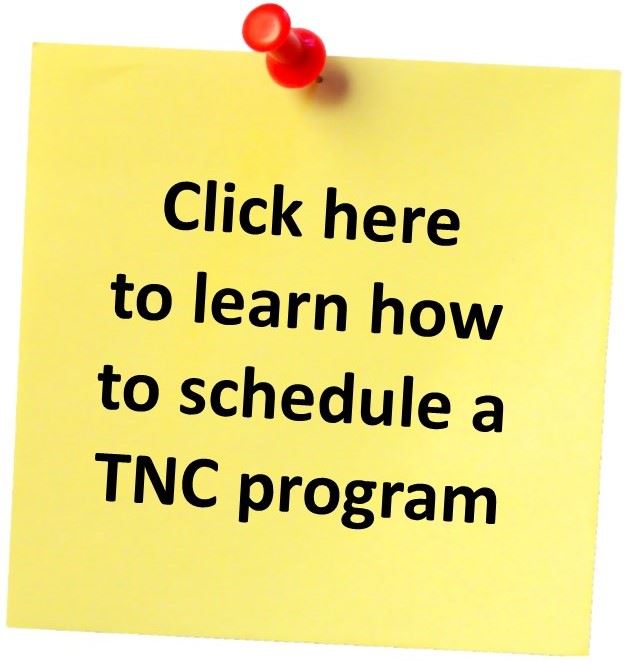

 Discover what really makes an animal nocturnal and what they need to survive. Meet several live animals who are most active at dawn, dusk, or night. Learn how the earths surface is affected by sunlight and about the amazing adaptations some of these animals possess to thrive as they roam the nighttime landscape.
Discover what really makes an animal nocturnal and what they need to survive. Meet several live animals who are most active at dawn, dusk, or night. Learn how the earths surface is affected by sunlight and about the amazing adaptations some of these animals possess to thrive as they roam the nighttime landscape. Examine live invertebrates and learn how each animals shape and other adaptations help it to survive. Discover how insects are similar yet different from other invertebrates and what they need from their habitats.
Examine live invertebrates and learn how each animals shape and other adaptations help it to survive. Discover how insects are similar yet different from other invertebrates and what they need from their habitats.